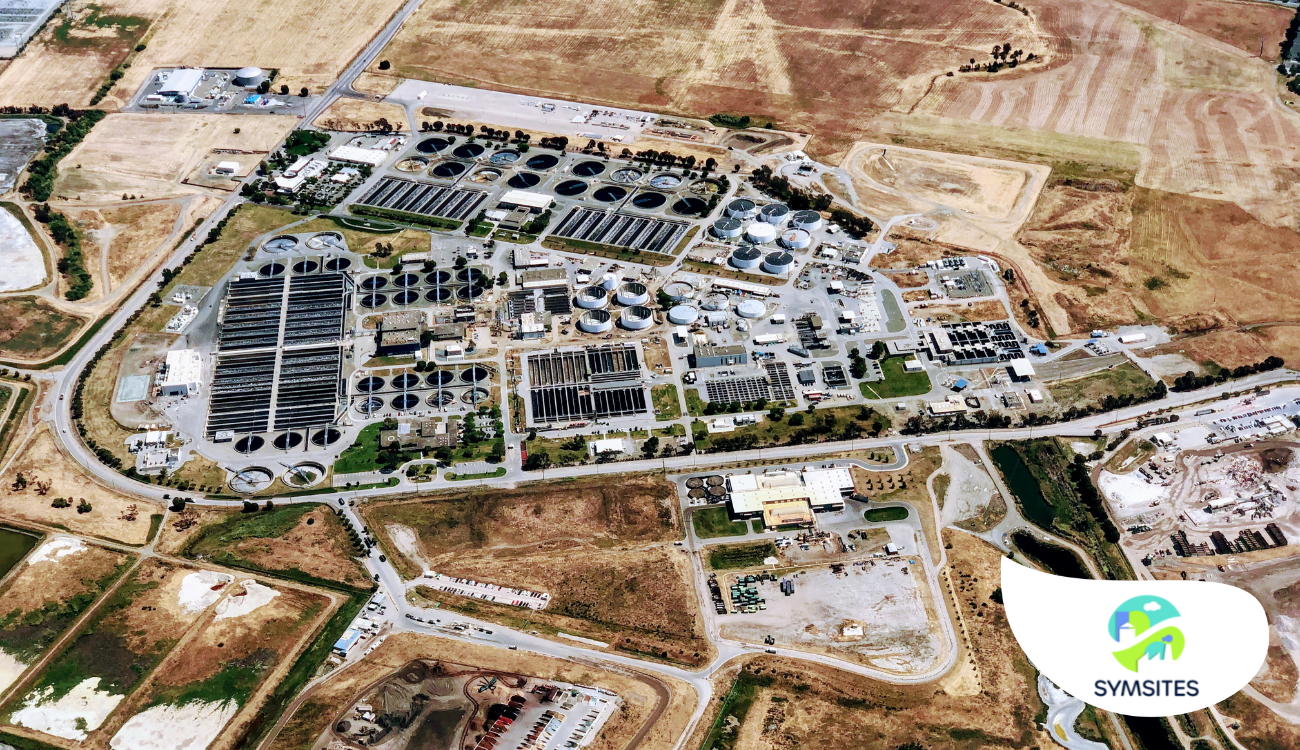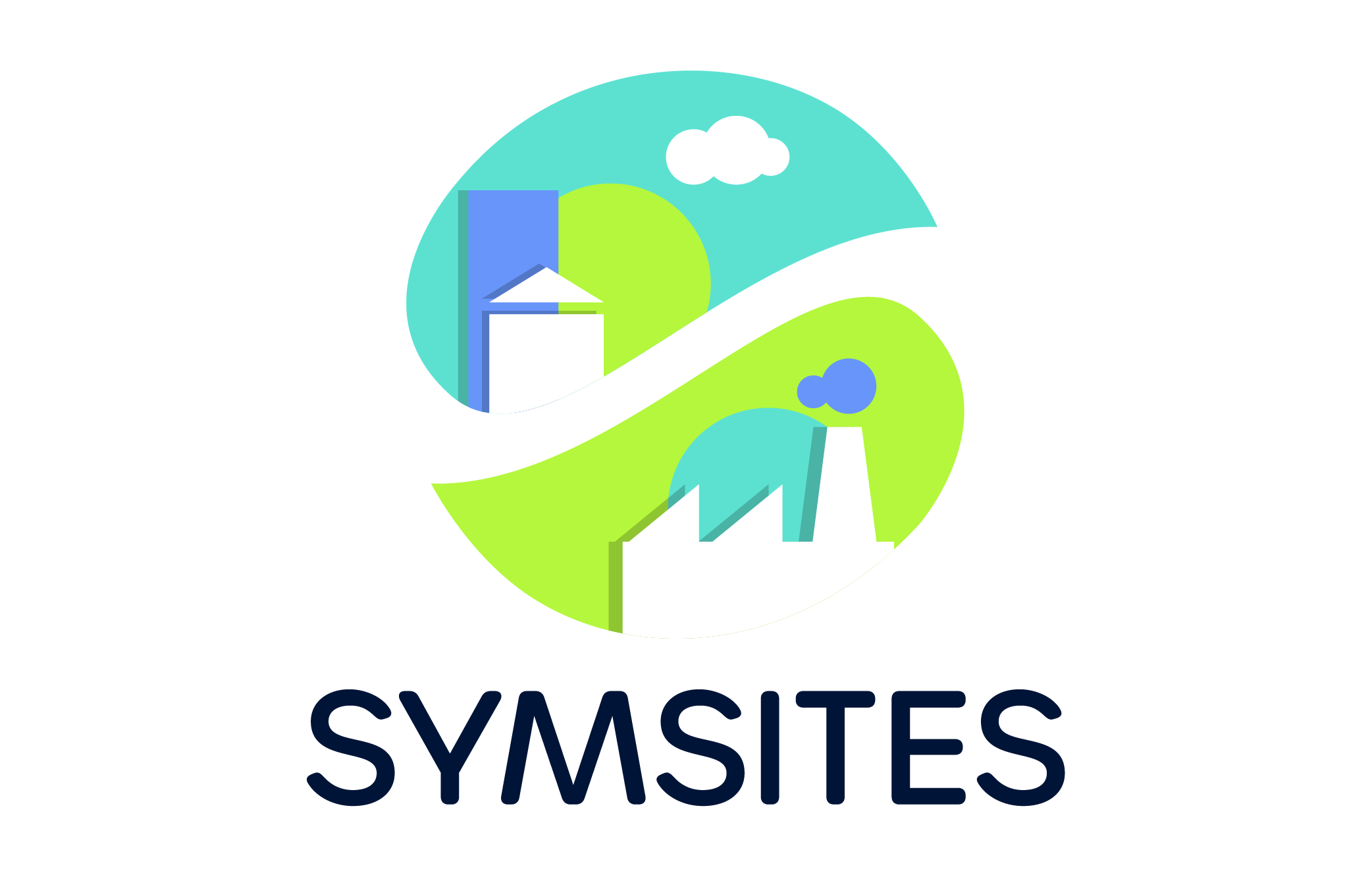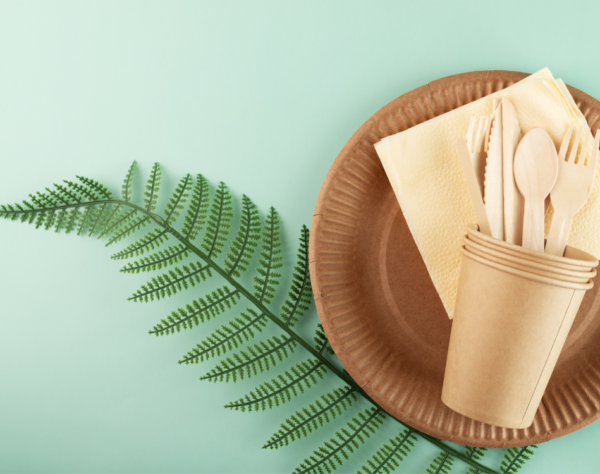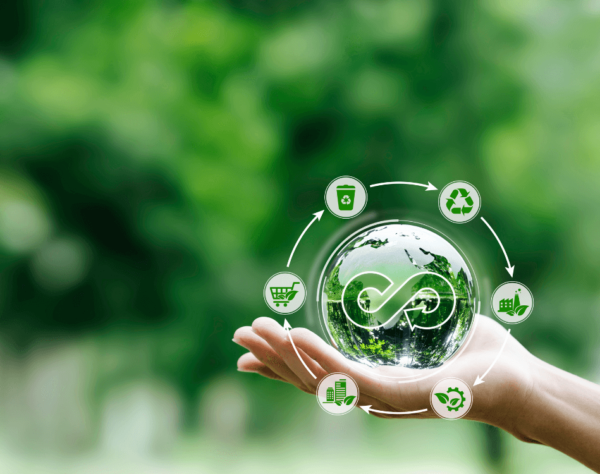
Designing Ecosites in Spain and Denmark
General context
In one of our previous articles, we explored what an EcoSite is. With that in mind, it is possible to describe the different technologies that will be implemented in the Ecosites of Spain and Denmark. These two pilot plants could be considered twin plants. In the following sections, we will examine the details of each of them.
The Spanish Ecosite
The Spanish Ecosite will be located in the wastewater treatment plant (WWTP) of Alcoy, a small town in the province of Alicante, known for its large textile and cosmetic industry. These industries generate solid waste that cannot be easily recycled or reused. For instance, consider the transfer paper waste produced during the printing process in the textile industry. Managing this waste is challenging due to the presence of silicone and printing paste residues within the cellulose-based material.
The installation of the Ecosite will allow its treatment together with other urban waste, enhancing the industrial urban symbiosis. The different waste streams to be treated will be:
- organic fraction municipal solid waste (OFMSW), generated and collected in the municipality of Muro de Alcoy (FOVASA);
- pretreated urban and industrial wastewater from the WWTP of Alcoy (FACSA):
- cosmetic solid waste from reactor cleaning (GERM);
- solid waste from the textile industry (JOV).
To address the treatment of these waste streams, a pilot plant is being built. This will combine innovative technologies aimed at transforming waste into final products with high added value, such as:
- reclaimed water for irrigation of orchards or parks, street cleaning, replacement of virgin water in industrial processes;
- biofertilizers for application in agriculture;
- green hydrogen for industrial or urban use as an energy source;
- charcoal for use as adsorption material for the removal of pathogens from water.
The pilot plant will primarily consist of an anaerobic membrane bioreactor (AnMBR). The process will involve several steps: first, organic fraction of municipal solid waste (OFMSW) will be crushed; then, it will be sifted to remove larger particles. Finally, OFMSW will be mixed with wastewater to create a food stream, serving as feed for the first anaerobic digestion stage. Here, microorganisms will decompose the biodegradable components, thereby generating a stream of biogas rich in methane (CH4). The output will then be directed to a secondary treatment stage with submerged membranes where the solid fraction present in the output stream, primarily sludge, will be retained on one side of the membrane. Meanwhile, almost all of the liquid fraction, treated water, will be collected on the other side of the membrane. The liquid stream that passes through the membrane is known as permeate.

The pilot plant of the Spanish Ecosite will have two different technologies for this second stage of membranes, allowing for a comparison between a commercial submerged membrane and an experimental one. On the one hand, there will be a commercial submerged membrane of hollow fiber, with biogas dispersion at the bottom to prevent biofouling. Biofouling refers to the accumulation of solids on the membrane’s surface, creating a barrier to water passage. On the other hand, an experimental flat submerged membrane with a magnetic vibration system, developed by the University of KU Leuven, will use vibration to avoid biofouling.
The permeate will undergo two stages of post-treatment. The first stage will consist of a membrane contactor system that allows the recovery of dissolved nitrogen as biofertilizer for use in agriculture (BOKU). In the second stage an adsorption column (CSIC, GREENE, UPC) will eliminate the pathogens present in the water. The adsorption column will be functionalized with Lignin NPs by UPC, and the charcoal to be used in this adsorption column shall be obtained from the pyrolysis of textile and cosmetic solid waste (TCW). This pyrolysis will also yield platform molecules as a by-product, which can be reused in the industry.
The outlet water after these two post-treatment stages will be assessed for potential use as reclaimed water (AITEX). The output sludge obtained at the exit of the anaerobic digestion process will also be revalued as an organic biofertilizer in agriculture. The biogas produced in anaerobic digestion, and subsequently used for dispersion in the commercial membrane module, will be recovered and treated to convert its high methane content (CH4) into green hydrogen (CSIC-ITQ) through a proton membrane reformer.
The Danish Ecosite
The Danish Ecosite will be located in the wastewater treatment plant (WWTP) of Svaneke, a small village in the municipality of Bornholm. This town is mainly known for its brewing industry and agriculture. The brewing industry produces large volumes of wastewater and solid waste, such as beer mash waste (BMW), which to date still do not have a treatment system. On the other hand, the large presence of agriculture requires high volumes of water to meet the demand for irrigation water.
The installation of the Ecosite will allow this wastewater to be treated together with other urban waste, enhancing the industrial urban symbiosis. The different waste streams to be treated will be:
- organic fraction municipal solid waste (OFMSW) generated and collected in the municipality of Bornholm (BOFA);
- beer mash residues (BRIG);
- pre-treated urban and industrial wastewater from the Svaneke WWTP (BEOF);
- wastewater from the brewing industry (BRIG).
The Ecosite’s pilot plant, mirroring its Spanish counterpart with minor adaptations, is being built for the treatment of these waste streams. This treatment will allow the waste to be transformed into final products with high added value, such as:
- reclaimed water for irrigation in agriculture, mainly on the nearby farm in Frennegard;
- biofertilizers for application in agriculture; biogas rich in methane for its transformation into heat and its subsequent use in the brewing industry;
- charcoal for use as adsorption material for the removal of pathogens from water.
The pilot plant of the Danish Ecosite will have the same technologies and procedures as the Spanish Ecosite, involving a process of crushing and sifting OFMSW together with urban and industrial pre-treated wastewater to later feed it to the anaerobic membrane bioreactor (AnMBR). The Danish Ecosite will feature a first commercial submerged membrane module and a second experimental submerged membrane module. In this case both membranes will be almost the same, but the experimental module will undergo an ultrasound NPs coating treatment (BIU, DAVO) to avoid biofouling.

In this case, the permeate will be subjected to a single post-treatment stage based on an adsorption column with coal to ensure proper elimination of pathogens, guaranteeing the safety of the reclaimed water for use as irrigation water. The adsorption column will be functionalized with Lignin NPs by UPC, and the charcoal to be used will be obtained from the pyrolysis of beer mash waste (BMW).
The sludge at the outlet of the anaerobic digestion will be revalued as biofertilizer for use in one of the local farms (GARD, BEOF). The biogas produced in the anaerobic digestion, which is subsequently employed for dispersion within the membrane modules, will be recovered and treated to convert its high methane content (CH4) into reusable heat in the brewing industry or as a heating system for the AnMBR system of the pilot plant.
This approach ensures a sustainable cycle of resource utilization and contributes to the overall efficiency of the Ecosite’s operations.





